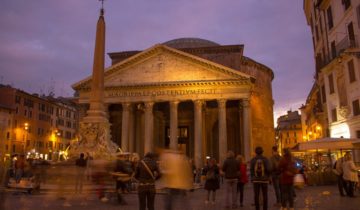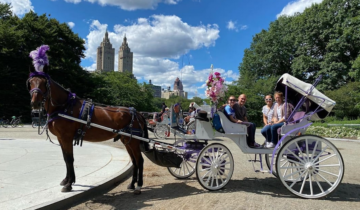Amazing Sardinia, a must visit for everyone. Since the 9th century BC, Bosa has overlooked the mouth of Sardinia’s only navigable river, in a valley that is today green with farms. A tangle of Medieval streets winds from the old stone bridge and pastel buildings lining the riverfront, to the hilltop Malaspina Castle. Although you can drive straight to the castle, take some time to walk in the old streets, where modest little houses mix comfortably with grand noble homes; the restored manor house of Casa Deriu is open as a museum with furnished rooms and an art gallery. Inside the castle is a 13th-century chapel, where you should see the unusual 14th-century fresco cycle. The coastal road north from Bosa to Alghero is spectacular, and not at all hair-raising, despite its height above the sea in places.
In the South-West of Sardinia, among mounts and shrubs shaped by the wind, in the wildest and most isolated Sardinia, an imposing coastline develops for about 47 kilometers: this is the mighty Costa Verde. A succession of pristine beaches such as Piscinas – with the highest sand dunes in Europe – cliffs that burst deep into a green waters sea, so loved by the most daring surfers. You will be amazed by the fantastic sunsets along this coast, where your eyes get lost in a strong elation for the sky turning into pink. Marina di Arbus is not just about the sea: there is the declared archaeological mining site of Montevecchio and also Bugerru, Ingurtosu plus the one of Porto Flavia in Masua. You can’t miss the sea stacks of Pan di Zucchero and the defensive Tower of Torre dei Corsari. In the village of Arbus you’ll find the Knife Museum, which has the heaviest flick-knife in the world. Extra info about Luxury Travel Tours Sardinia
Grotto di Ispinigoli, The are sparkly geological wonders to be found here, deep inside the island’s largest cave. This is also the site of the one of the most important archaeological discoveries of Nuragic and Phoenician artifacts. You can peer into the Abbisso delle Vergini (Abyss of the Virgins) or explore the eight kilometers worth of deep caves with a guide. The Mamoiada Masks Museum, The small town of Mamoiada is best known for its traditional masks, known as the ‘Mamuthones’ and the ‘Issohadores’. A visit to the Mamoida Masks Museum is the best way to learn about this fascinating aspect of Sardinian culture. If you can not be here for Carnival, celebrated from January 17 through to Mardi Gras every year, the museum is the next best thing.
The Sardinian capital Cagliari was built on seven hills. The oldest part of the city, Castello, lies on top of one of these hills, resulting in a stunning view of the Gulf of Cagliari, or Angels Gulf. Especially from Bastione San Remy, which was built in the typical local white lime-stone, you can see most other parts of Cagliari, as well as the Mediterranean Sea. When you have reached the top of Bastione San Remy, the beautiful Romanesque Cathedral of Cagliari is at walking distance, making the climb even more worthwhile.



